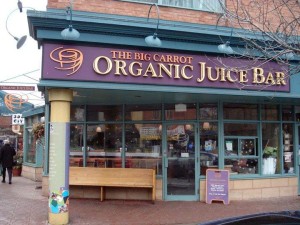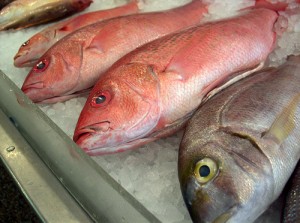While other cities continue to fight a losing war against restaurant inspection disclosure, Toronto is planning to expand its red-yellow-green placard system to daycares, hospitals, nursing homes and school cafeterias, 20 months after a Ryerson University/Star investigation revealed serious gaps in the city’s heralded DineSafe program.
 Dr. David McKeown, Toronto’s medical officer of health is recommending city council expand DineSafe to food-serving institutions including daycares, hospitals, nursing homes and school cafeterias. They would have to prominently display green (pass), yellow (cautionary pass) or red (fail) health inspection results.
Dr. David McKeown, Toronto’s medical officer of health is recommending city council expand DineSafe to food-serving institutions including daycares, hospitals, nursing homes and school cafeterias. They would have to prominently display green (pass), yellow (cautionary pass) or red (fail) health inspection results.
McKeown also wants the notices posted for public pool and spa water tests.
Expanding DineSafe disclosure “will increase compliance with health and safety requirements and result in improved public health,” he states in a report released Monday.
About 2,000 food-serving institutions are not covered by stringent DineSafe requirements introduced 14 years ago and credited with reducing dangerous health violations by Toronto restaurants.
Because daycares, hospitals, nursing homes and other institutions “serve vulnerable populations, they are considered high-risk food premises requiring at least three compliance inspections annually,” the report states.
“You guys get the credit for pushing us to disclose,” Toronto Public Health food safety manager Jim Chan said at the time.
However, institutions were not forced to display green, yellow or red signs at their entrances.
McKeown’s proposed bylaw would expand DineSafe to “premises where food or milk is manufactured, processed, prepared, stored, handled, displayed, distributed, transported, sold or offered for sale, but does not include a private residence.”










